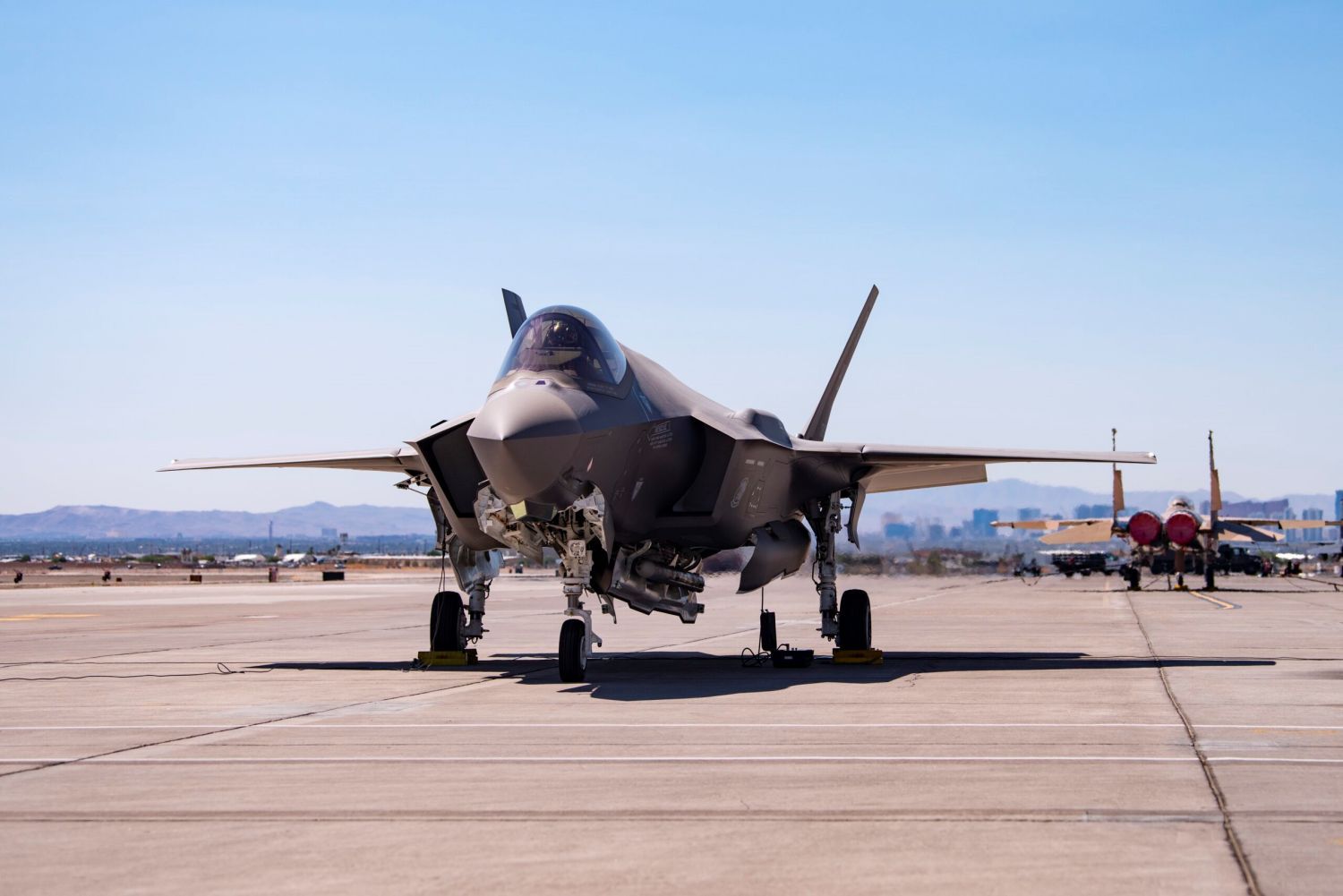The F-35A Joint Strike Fighter was officially certified to carry nuclear weapons, in this case, the B61-12 thermonuclear free-fall bomb. The F-35A «Lightning II» became the first stealth fighter of its class to be given the green light (as far as we know officially) to carry nuclear weapons.
Russ Goemaere, spokesman for the F-35 Joint Program Office told Breaking Defence’s Michael Marrow that «the F-35A is the first nuclear-capable 5th generation aircraft in history, and the first new platform (fighter or bomber) to achieve this status since the early 1990s.»
«This F-35 nuclear certification effort culminates more than 10 years of intensive efforts across the nuclear enterprise, consisting of 16 different government and industry stakeholders,» said Goemaere, who then added, «The F-35A achieved Nuclear Certification ahead of schedule, providing the U.S. and NATO with a critical capability that supports U.S. extended deterrence commitments ahead of schedule.»
NATO nuclear sharing agreements
The future ability to deliver U.S. nuclear bombs was one of the determining factors when several European countries, such as Germany, decided to acquire the F-35A for their Air Forces, instead of other European offers such as the Dassault Rafale, the Saab Gripen or the Eurofighter Typhoon.
Nuclear sharing is a concept of NATO’s nuclear deterrence policy, which allows member countries without nuclear weapons of their own to participate in NATO’s nuclear weapons planning. As part of this arrangement, the U.S. maintains 100 B61 free-fall thermonuclear bombs stored in high-security bunkers at five NATO countries (Belgium, Germany, Italy, the Netherlands and Turkey), which have some of their fighters adapted for use them.

Now, as Michael Marrow correctly notes, the F-35A is only certified to carry the new B61-12 variant, which will replace older models. Moreover, the certification does not extend to the stealthy aircraft’s sister variants, the short takeoff and vertical landing F-35B and the carrier-launched F-35C. It is unclear whether European nuclear bomb depots are already in the process of receiving the new B-61-12s, but it is likely that some have arrived, given the delicate security situation on NATO’s Eastern Front in the wake of the Russian-Ukrainian war.



Comentarios
Para comentar, debés estar registrado
Por favor, iniciá sesión